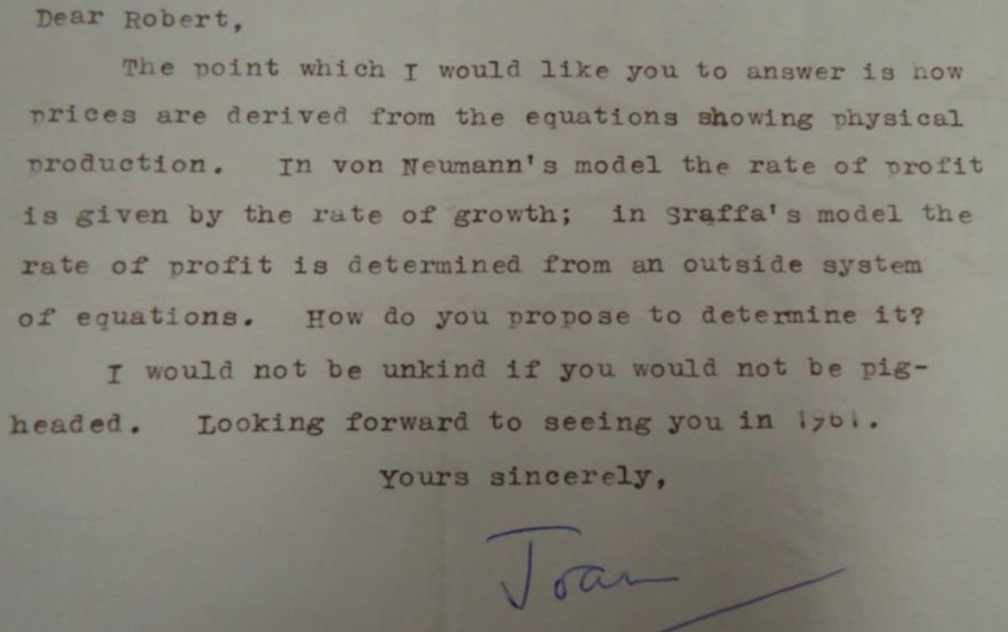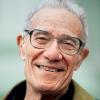He was an overseas fellow between 1983-84 at Churchill College, and gave the Marshall Lecture in 1984, when he demonstrated his theory for drivers of economic growth.
Professor Solow taught at the Massachusetts Institute of Technology, where he and a fellow Nobel laureate, Paul Samuelson, forged the MIT style of economic analysis, which emerged as a leading approach in the second half of the 20th century and played an important role in economic policymaking.
His elegant work established that the main determinant of economic growth was technology, not growing capital and labour. He won the Nobel Memorial Prize in Economic Sciences in 1987 for his theory that advances in technology, including the ability of society to translate inputs of capital and labour into outputs of goods and services, rather than increases in capital and labour, have been the primary drivers of economic growth.
Hamid Sabourian, Professor of Economics and Game Theory at the University of Cambridge and Fellow of King’s College said “Bob was closely associated with our Faculty for many decades. He gave the Marshall Lectures way back in 1964, was a Visiting Fellow at Churchill on several occasions and received an Honorary Degree from Cambridge.”
In 1984 he gave the Marshall Lecture on ‘Effective Demand and Capital Theory’, just a few years before winning the Nobel Prize, when his theories were well advanced. His well attended discussion was part of a yearly series of lectures at the Faculty of Economics in memory of Alfred Marshall, arguably the founder of modern economic science and undisputedly one of its pioneers.
However, his first substantial visit was during the entire academic year 1963-64. It was in the middle of the capital controversies between the two Cambridges, later immortalised by Professor Geoff Harcourt in his ‘Some Cambridge Controversies in the Theory of Capital’ which clarified debates largely between economists at the Faculty of Economics at the University of Cambridge and other economists at the Massachusetts Institute of Technology, in Cambridge, Massachusett. He was in conversation via letters in a back and forth about the Cambridge Capital Controversies with Geoff Harcourt and Joan Robinson, one of the most prominent economists of the century, at Cambridge.

Professor Sabourian said “In the 1980s he came to Cambridge again for almost a year, when I was a research fellow and he taught the Tripos. He was very humorous, and well liked in the Faculty by staff and students alike, and very good friends of many, including Professor Sir Partha Dasgupta.”
“I recall he examined a course I was teaching and he said something tongue and cheek in his examiner’s report along the line that the standard was very high as no script deviated from Sabourian’s notation – clearly the students had been paying careful attention,” he adds.
Professor Solow’s later visits were often to work with Professor Frank Hahn (1925-2013) who retired from Cambridge in 1992. They published a book together called “Critical Essays on Modern Macroeconomics.”
Professor Sabourian added “it was a very critical assessment of the state of macro theory.”
Beyond the impact of his own research, Professor Solow helped launch the careers of a stunning number of future superstar economists, including four Nobel laureates: Peter Diamond, Joseph E. Stiglitz, William D. Nordhaus and George A. Akerlof.
Professor Solow’s strategy - his gimmick, he liked to say - was to pick out one thing of special interest and simplify the role of everything else. The goal was to understand completely the role of a ‘little piece of the puzzle’. This strategy of inquiry came to be known as building ‘toy models’, for which he is fondly remembered.
The Faculty of Economics is saddened by his passing, and passes on its condolences to his friends and family.






